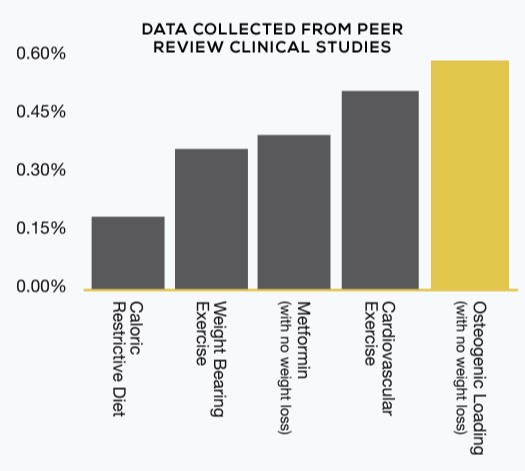SKELETAL STRENGTH
OSTEOSTRONG CAN HELP WITH TYPE II DIABETES
Why Diabetes Treatment is Important
Diabetes has become one of the most common threats to the health of Australians in the 21st century. 280 Australians develop Diabetes every day – you probably know someone who has it. It’s the leading cause of preventable blindness. It results in more than 4,400 amputations each year. People with Diabetes are two to four times more likely to develop heart disease1.
Diabetes treatment often involves a combination of medication and changes to your lifestyle, particularly your diet and physical activity.
Resistance Exercise as a Type II Diabetes Treatment
Studies have identified strength training to help those with type 2 diabetes by improving their ability to use insulin and process glucose2.
Strength training is more difficult for people who are overweight, dealing with arthritis or physical disabilities, live a sedentary lifestyle, or work a busy schedule. Those who most need to be performing regular physical exercise are often those who are the least able to do it!
An easier way to manage Diabetes is through Resistance Exercises. Resistance exercise has been found to promote improved insulin sensitivity and glycemic control3. With some basic instruction and supervision, resistance exercises can be easier for the obese and elderly to commence and achieve incremental improvements.
Osteogenic Loading – A Safe & Approachable Form of Resistance Exercise
A study conducted by the UK National Health Services found that Osteogenic Loading achieved a greater reduction in HbA1c levels over a 24 week period, when compared to cardiovascular exercise, Metformin, weight bearing exercise and caloric restrictive dieting4.
While regular cardiovascular exercise is helpful, greater results can be achieved when muscles need to process glucose at a more rapid rate. Those who achieve improved muscle density can increase their muscles ability to process glucose. The development of muscle density requires forces from heavy weight or high impact from activity such as gymnastics or power lifting (out of reach for most Type 2 Diabetes patients).
Our Osteogenic Loading sessions use a new category of devices referred to as a Robotic Musculoskeletal Development System (RMDS). This enables loading forces to go through your bones which are much higher than those experienced in daily activity or exercise.
Loading seen in OsteoStrong sessions often exceeds 8 multiples of body weight, which is why muscle density growth is so rapid. At OsteoStrong, we make this safe and easy to perform for a wide range of people.
Why OsteoStrong
OsteoStrong sessions are quick, painless, drug-free and won’t even make you sweat. This isn’t a gym workout! Sessions last for around ten minutes and are performed with a trained expert. One visit per week is all most people require to see improvement – the results are measurable and noticeable.
OsteoStrong is the global leader in Osteogenic Loading, with close to 100 locations throughout the United States and additional centres opening on a regular basis throughout Europe and Australia.
When you visit OsteoStrong you’ll feel relaxed and at home. You can even enjoy a hydromassage after your session. Book your free session and find out what OsteoStrong can do for you!

Fig. A study conducted by the UK National Health Services found that Osteogenic Loading achieved a greater reduction in HbA1c levels over a 24 week period, when compared to cardiovascular exercise, Metformin, weight bearing exercise and caloric restrictive dieting4.
TYPE II DIABETES STATISTICS

WHO TYPE II DIABETES AFFECTS
Type II diabetes (T2D) and pre-diabetes, also known as metabolic disease, affects 11 million Americans.

COSTS OF TREATMENT
Treatment costs exceed $322 billion per year.

HEALTHCARE & METABOLIC DISEASE
20% of all healthcare dollars are spent on metabolic disease.
